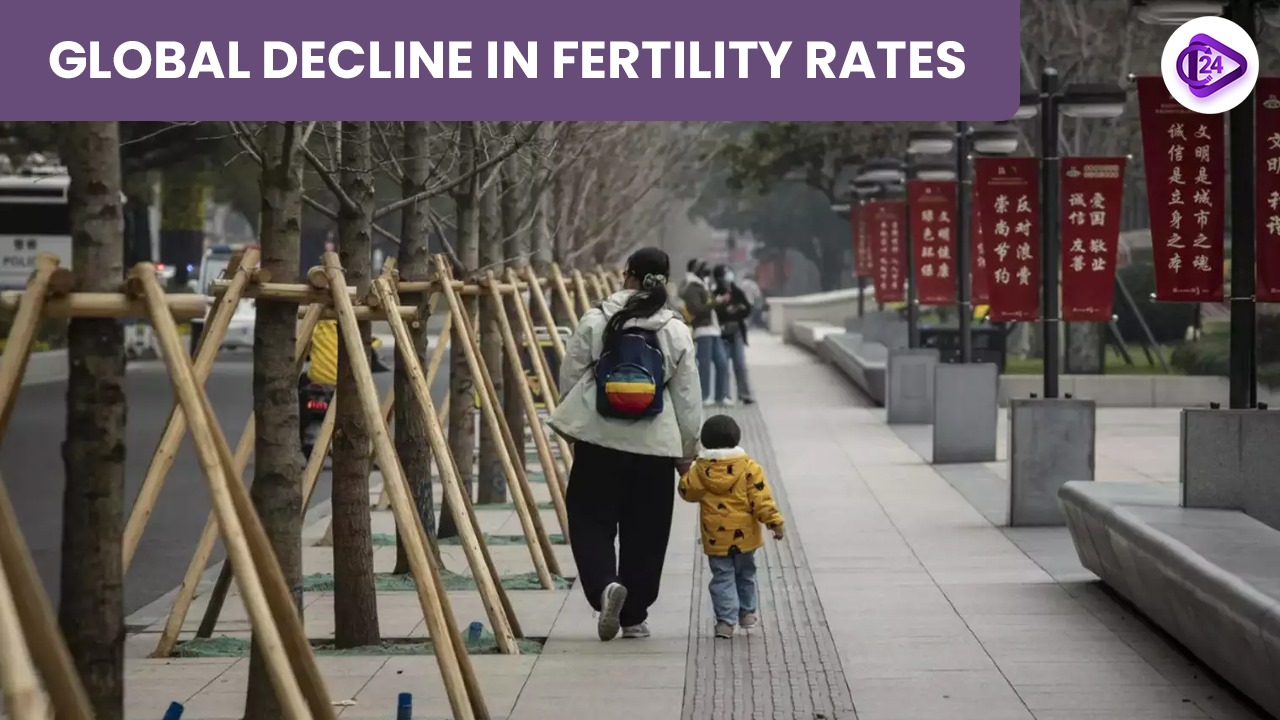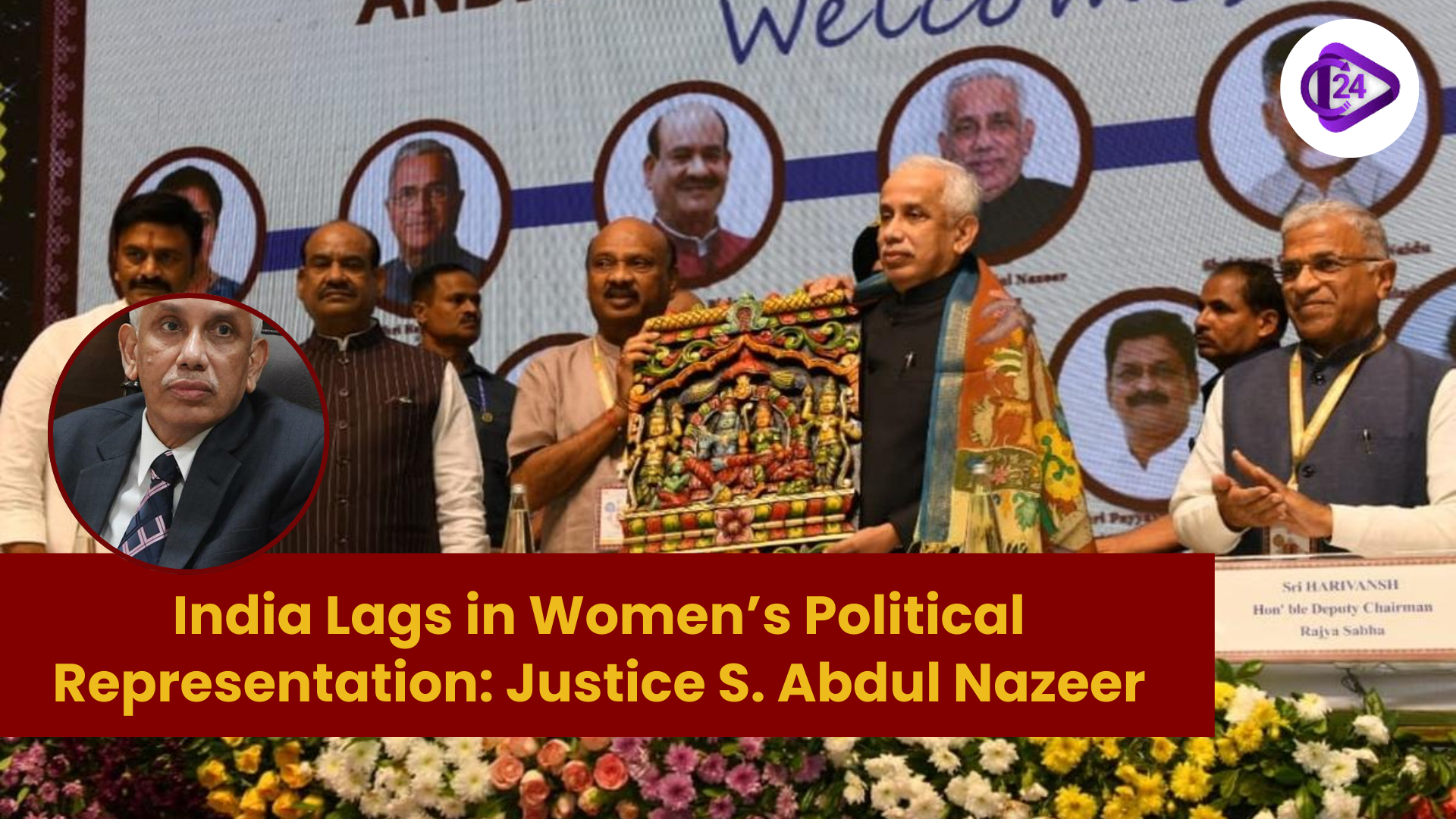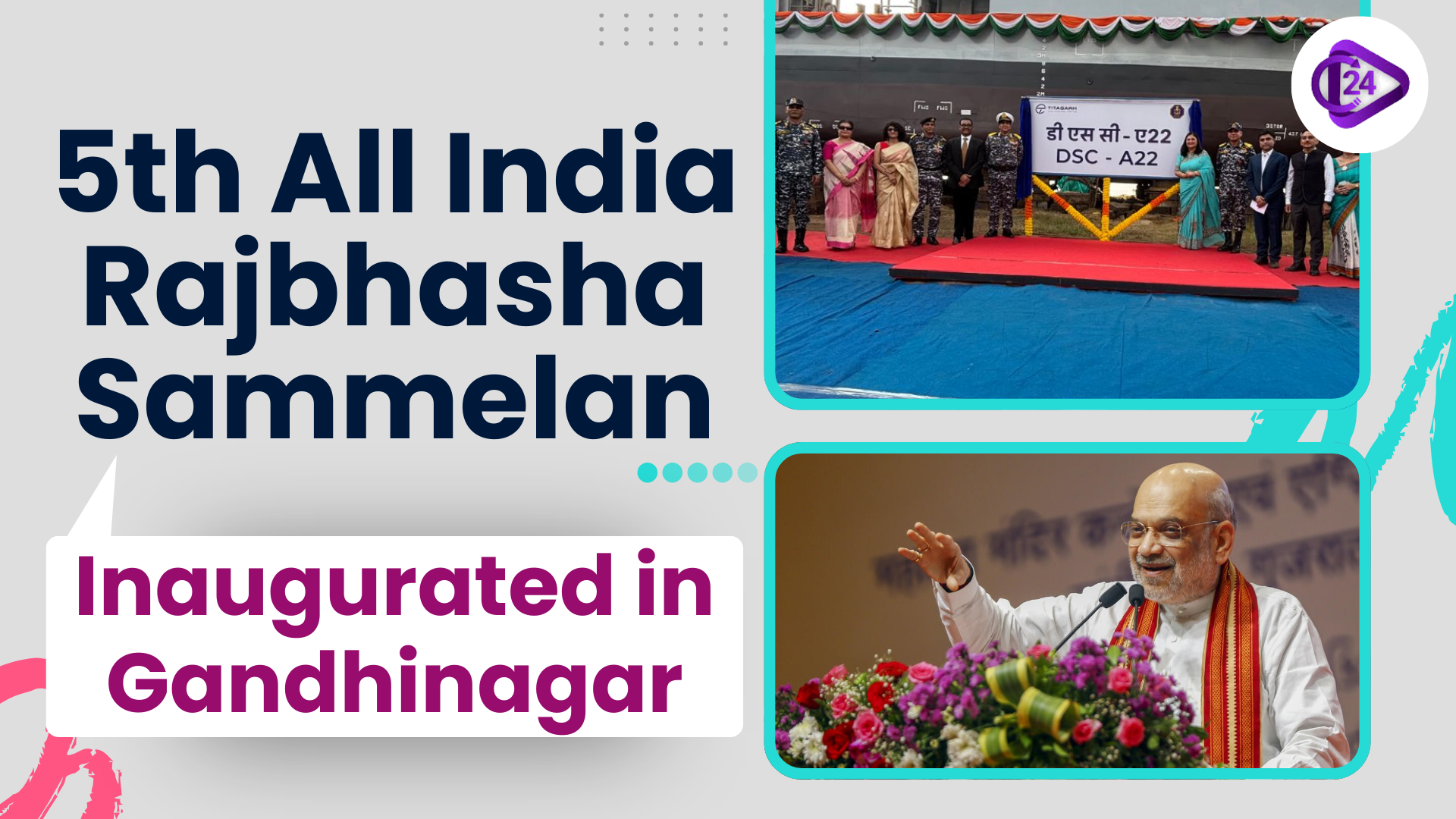
Recent demographic research shows that there is a decline in fertility rate among 204 countries from 1950-2021. With constant predictions, this pattern will continue. It remains a negative for countries, especially regarding old age demographics and the availability of the workforce. Despite the adoption of pro-natal polices many countries will continue to record low fertility rates.
India’s Fertility Decline
Infertility rates have reduced significantly from 6.18 in the 1950s to 1.9 in 2021, below the replacement standard of 2.1. The estimates for FY 2100 are that this rate could come down to 1.04 and this could lead to an increase in the demographic burdens.
Factors Contributing to Fertility Decline
Several factors have contributed to India’s fertility decline, including:
-
Increased Female Literacy and Workforce Participation: Female education and employment and delayed marriage and smaller families as more women are now going to school, taking paid employment shortly after, then they get married and they bear fewer children.
-
Changing Societal Attitudes: Marriage and motherhood have changed in modern society and women prefer to build a career instead of having a family.
-
Impact of Migration: Another valuable tendency that can also be mentioned in the frame of discussing the reasons for the observed shift in the country’s fertility rate is the emigration to other countries for education and work purposes of young Indians. Some prefer to live in foreign countries, which in return, decreases the birth rate and hence the population size in the Country.
Challenges in the Southern States
Some of the southern states such as Kerala are undergoing very dramatic demographic changes. The state achieved replacement-level fertility in 1988 but now faces critical socioeconomic challenges due to:
-
Aging Population: A large population of elderly and a dwindling workforce are emerging critical factors that will impact the state.
-
Migration of Educated Youth: Over the years, better and more lucrative jobs have been found in other countries resulting in more campus-educated population emigrating, therefore emitting working-age poverty.
-
Labor Shortages and High Wages: Economic stresses are high wages for the labor force and a declining stock of youthful employees. It is anticipated that by the year 2036, Kerala’s demographic analysis itself let us know that the elderly population will exceed the child population.
International Comparisons
Similar fertility declines are also being experienced in other Asian countries including South Korea. However, through increased government funding to work on the challenge, these countries have been unable to turn the fertility rate around.
Future Considerations
Fertility is probably on the decline for the long term and this will result in future distressing socio-economic consequences. To mitigate the negative impacts, there is an urgent need for comprehensive policies that:
-
Enhance Job Prospects: Otherwise, the population increases through birth and youthful people will likely move to other areas in search of jobs.
-
Support the Elderly: It will therefore be important to bring forward socio-economic policies and structures in the care of the elderly, health services, and retirement programs.
Conclusion
A growth in the population has many socio-economic implications for the world together globally in scenarios such as in India which has witnessed a decline in the birth rates. For India rather particularly for states like Kerala there is concern of a shrinking population and aging process. Regarding these challenges policies that will be of proactive importance in the field of employment legislative changes in the field of migration and care for the elderly will also help to ensure further demographic and economic stability.



 MNRE Unveils India’s First National Policy on Geothermal Energy
MNRE Unveils India’s First National Policy on Geothermal Energy Raj Gond Tribe Rehearses for Gussadi Dance at Hyderabad Liberation Day
Raj Gond Tribe Rehearses for Gussadi Dance at Hyderabad Liberation Day Manipur Inaugurates Three-Day Festival to Promote GI-Tagged Hathei Chilli
Manipur Inaugurates Three-Day Festival to Promote GI-Tagged Hathei Chilli PM to Launch 'Swasth Nari, Sashakt Parivar Abhiyaan' and 8th Poshan Maah
PM to Launch 'Swasth Nari, Sashakt Parivar Abhiyaan' and 8th Poshan Maah India Lags in Women’s Political Representation: Justice S. Abdul Nazeer
India Lags in Women’s Political Representation: Justice S. Abdul Nazeer PM Modi Inaugurates Development Projects Worth ₹40,000 Crore in Purnea, Bihar
PM Modi Inaugurates Development Projects Worth ₹40,000 Crore in Purnea, Bihar Engineers Day 2025: Celebrating Sir M. Visvesvaraya’s Legacy
Engineers Day 2025: Celebrating Sir M. Visvesvaraya’s Legacy 5th All India Rajbhasha Sammelan Inaugurated in Gandhinagar
5th All India Rajbhasha Sammelan Inaugurated in Gandhinagar India Achieves 250 GW Non-Fossil Fuel Power Capacity
India Achieves 250 GW Non-Fossil Fuel Power Capacity Great Nicobar Island Project: Transforming India’s Southernmost Island
Great Nicobar Island Project: Transforming India’s Southernmost Island






